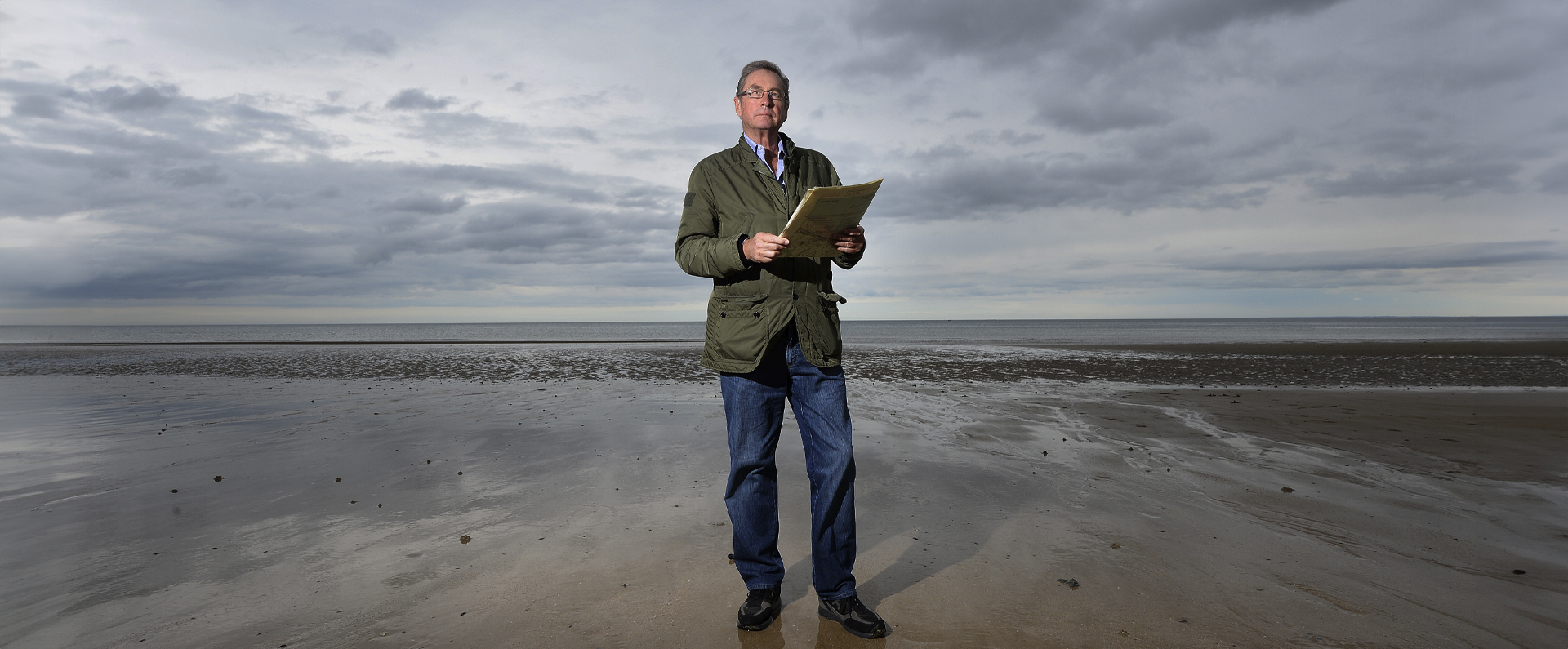
Published in Britain at War in June 2017.
Acting Lieutenant Colonel Edward Elers Delaval Henderson VC: leadership
Edward Elers Delaval Henderson was born in Simla, India, on 2 October 1878. He was the son of Major-General Philip Durham Henderson, formerly of the Madras Cavalry, and his wife Rosana, who was herself from a formidable military family and whose father had also served as an officer in the Madras Cavalry. After being educated at St Paul’s School in London, Henderson Jnr embarked on a career as a tea planter in India.
However, he had long wanted to be a soldier and on 7 May 1900 he joined the 5th (Militia) Battalion, The Worcester Regiment, because, aged twenty-one, he was too old to attend the Royal Military College (RMC), Sandhurst. He transferred to the West India Regiment as a second lieutenant in December of the same year. From 1901-5, he served in West Africa and saw active service in North Nigeria during the same period. During that time too, Henderson was promoted – in February 1902 – to lieutenant. From July 1905 to February 1907, he served with his regiment in Jamaica.
In May 1908, and on the disbandment of the West India Regiment, Henderson was transferred to the North Staffordshire Regiment. In March 1909, he was promoted to captain and before the outbreak of the Great War he served in Peshawar (now Pakistan), on the North-West Frontier, India and West Africa (again). In the meantime, on 2 February 1910, he married Madeline Fish, the daughter of a Royal Fusiliers officer, at All Saints Church, Knightsbridge, west London.
After the outbreak of the Great War in August 1914, Henderson was soon in action with his regiment serving with the 3rd Battalion. Next, he served with the 7th North Staffordshires in 39th Brigade, 13th Division, which arrived in Gallipoli in July 1915. During one sustained attack by the Turks on 19 July, Henderson was one of three officers wounded (another officer was killed and nineteen more men also injured).
Having recovered from his wounds, Henderson was promoted to major on 1 September 1915. As part of the 13th Division, he was given command of the 9th Worcesters, part of 39th Brigade. On 24 January 1916, the division left Gallipoli for Egypt and a month or so later the Worcesters moved on to Mesopotamia (now Iraq). After Henderson was relieved of his command of the Worcesters by the return of a more senior officer, he spent just ten days with the 38th Brigade during which he commanded the 6th King’s Own Royal Regiment. In July 1916, he was promoted to acting lieutenant-colonel and became Commanding Officer of the 9th Royal Warwickshires, a unit that for two months was brigaded with the 7th Battalion, the North Staffordshires.
On 14 December 1916, Lieutenant-General Sir Stanley Maude, who in July of that year had been appointed British commander in Mesopotamia, launched the second phase of his campaign in the area. Some British troops attacked Turkish positions around Kut-el-Amara, while others advanced to reach the Hai, a river that flowed north to join the River Tigris opposite Kut. On 25 January 1917, the British tried to strengthen their position by attacking the Hai salient, near Kut. After initial gains on the west bank of Hai, the 39th Brigade was driven back. It was at this stage, around 11.30pm, that the 9th Warwickshires, led into battle by Henderson, moved into action. The citation for Henderson’s VC (in which his third Christian name is misspelt) reveals the full extent of his bravery as he led his men across some 500 yards of open ground in order to recapture ground lost by the North Staffordshires:
‘For most conspicuous bravery, leadership and personal example when in command of his battalion.
‘Lt.-Col. Henderson brought his battalion up to our two front-line trenches, which were under intense fire, and his battalion had suffered heavy casualties when the enemy made a heavy counter-attack, and succeeded in penetrating our line in several places, the situation becoming critical.
‘Although shot through the arm, Lt.-Col. Henderson jumped onto the parapet and advanced alone some distance in front of his battalion, cheering them on under the most intense fire over 500 yards of open ground.
‘Again wounded, he nevertheless continued to lead his men on in the most gallant manner, finally capturing the position by a bayonet charge.
‘He was again twice wounded, and died when he was eventually brought in.’
The soldier who went out in the heaviest of fire to rescue his CO was Temporary Lieutenant Robert Phillips, aged twenty-one. With the help of a comrade, Phillips managed to bring Henderson back to Allied lines, but his life could not be saved. Phillips, too, was awarded the VC on the same day that Henderson’s posthumous award was announced on 8 June 1917. Phillips’ citation ended: ‘He showed sustained courage in its very highest form, and throughout he had but little chance of ever getting back alive.’ However, he survived both the action and the war.
Henderson, who left a widow and a son, had died aged thirty-eight. His widow, from Camberley, Surrey, received his posthumous VC from George V at an investiture at Buckingham Palace on 20 October 1917. Henderson’s name is commemorated on a wall in the Amara War Cemetery, some 150 miles south of Baghdad in modern-day Iraq, and there is a memorial in his honour at the Garrison Church, Whittington Barracks, Lichfield, Staffordshire.
I purchased Henderson’s medal group privately in 2009 and feel privileged to be the custodian of this splendid officer’s gallantry and service medals.
Download a PDF of the original Britain at War article
For more information, visit:
LordAshcroftOnBravery.com


